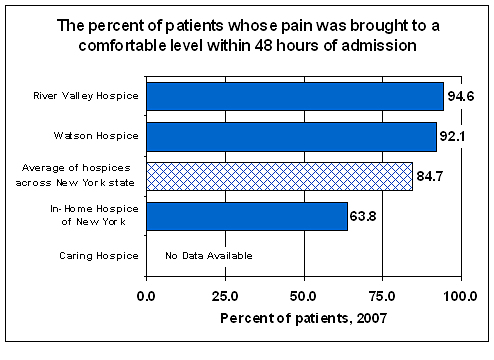Label Health Care Quality Measures in Plain English
The public does not speak the same language as health professionals. To reach the public, you will have to translate many terms that are common in the health world into the language of lay people. This includes not only medical terms but also those that policy analysts and managers use all the time that may not be familiar to the public.
Even Common Words Need Translation
The need to make language understandable applies not only to clinical terms like “iatrogenic pneumothorax” but also to seemingly familiar words like “mammogram” or “mortality.” Although some consumers and patients know those terms, many do not; still others think they do but do not really have an accurate definition.
Even labels for patient experience measures which seem self-explanatory must sometimes be changed. For example, health professionals use a shorthand term such as “access” to cover a range of connected issues. However, from early testing of reporting templates for measures from the CAHPS Health Plan Survey, researchers learned that a term like “access” is not helpful to consumers. Consumers needed longer phrases like “Getting care quickly” and “Getting care when you need it” to understand correctly the “access” measures in the survey.
Where and How To Use Measure Labels
Labels are used in several places in a typical report:
- In a list of measures presented so the user can choose those they want to examine.
- For composite or summary scores.
- At the top of a page or section.
- Within data presentations, both at the top of the page and within any table or graph.
In some data presentations, the label alone will be enough information for users to understand the data.
In other cases, you have to expand the label to be explicit about the meaning of the score.
For example, in a Model Report commissioned by the American Hospice Foundation to report measures of hospice agency performance, one measure is labeled “Managing patients’ pain on admission.” That label makes it clear what the subject matter is, but not exactly what the measure shows. So the label is expanded into the following title for the graph that displays the data: “The percent of patients whose pain was brought to a comfortable level within 48 hours of admission.”
EXAMPLE: Expanding the Label to Explain the Measure
Title: Model Report on Comparative Hospice Quality
Sponsor: American Hospice Foundation
URL: Not available online

Source: American Hospice Foundation. Model Report on Comparative Hospice Quality. American Hospice Foundation: Washington, DC; 2008.
Define Complex Measures
With particularly complex and unfamiliar terms, it may be necessary to add a brief definition to the label. Often, measures in the set you are reporting will have such difficult terms that each term will need to be defined. In other cases, perhaps only one or two terms will need definition.
The following example shows a label and definition for "iatrogenic pneumothorax" that were developed through multiple rounds of consultation with expert clinicians and testing with the public:
Rate of patients having air leaking out of their lung
How often air leaks out of the patient's lung because someone accidentally punctured it during a medical procedure or operation (a complication called iatrogenic pneumothorax).
This label uses non-technical terms to describe what happens in the event of an iatrogenic pneumothorax. The definition goes further and explains how and when it happens and uses the more general term "complication" to describe it. It also provides the actual technical term, so if someone uses the term, the consumer will have some familiarity with it.



